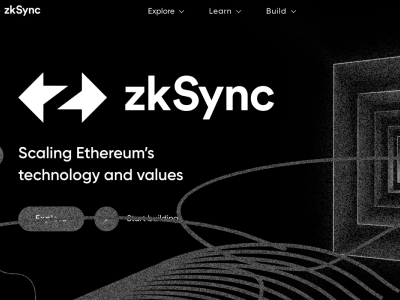I reached out to a few experts in my investor and venture capital network. They shared their own stories, experiences, and mistakes and answered my questions. I'm confident that this will be beneficial for those just starting out in fundraising and for those who have run into specific challenges along the way.
While there's a ton of pre-made content, communities, projects, and courses online about fundraising for startups, many of them come off as more like promotional material or "do this right, avoid doing it wrong" guides.
In this article, I won't be going over the basics of fundraising, like pitch decks, datarooms, or where angels get their wings. Instead, I suggest taking a look at a series of genuinely helpful tips from real people.
Also, towards the end of the article, I'll share a list of useful services for attracting investments.
Get to know the experts:
Denis Issaulov, CEO and founder of OTCMarsBase.io, brings 6 years of experience in the crypto sphere, boasting 3 successful product launches. He raised $505,000 in 2023 over a period of more than 6 months for MarsBase and aims to secure $1.6 million by year-end.
Edem Appaz, Product Owner of DeGuard, led his team to raise approximately $5 million in a seed round for the Game Guild project.
Artem Ovchinnikov, Co-founder of Fractal Accelerator, pulled in over $16.1 million in business investments.
The initial groundwork for attracting investments was our first topic of discussion.
Planning is a key piece of the puzzle, and every founder needs to grasp not just the why but also the how of allocating funds in each fundraising round—step by step, stage by stage.
During my discussion with the experts, I shared an interesting concept I picked up from the international venture club, Prosto VC.
Every founder seeking funds should always be ready to answer the question: "Now that I've secured the requested funding for my project, what are the next steps I'll take?"
I asked each of them to provide insights on the accuracy of this statement, drawing from their own experiences.
I'll also throw in that it's just as crucial to map out different scenarios for the future development of your project. In other words, a founder should have not just Plan A and Plan B, but also C, D, E, and beyond.
As I mentioned, everyone has their own path and level of awareness. And for some, this may seem like a fairly obvious piece of advice.
Based on my personal experience, I can confirm that such investors do exist, particularly among angel investors. However, assessing their adequacy is a complex task—human relationships, emotions, and the trust factor play a more significant role in this context.
Contemplating the search for investments when a project has already run out of funding can have a devastating impact on its existence. Naturally, this doesn't apply to cases where a startup is just starting from scratch.

























































































